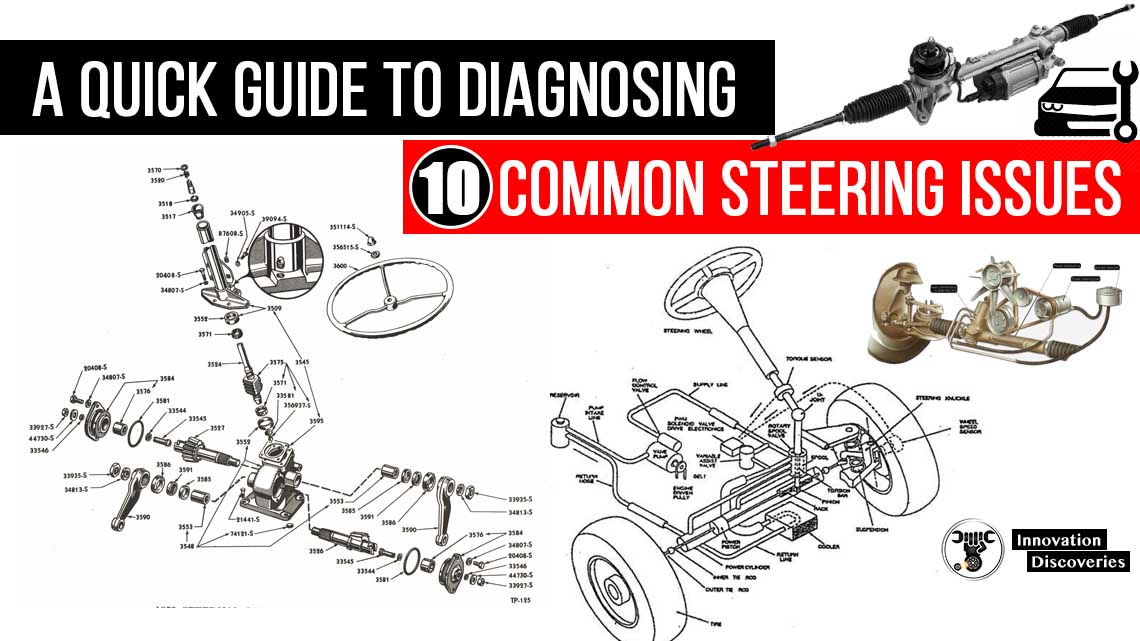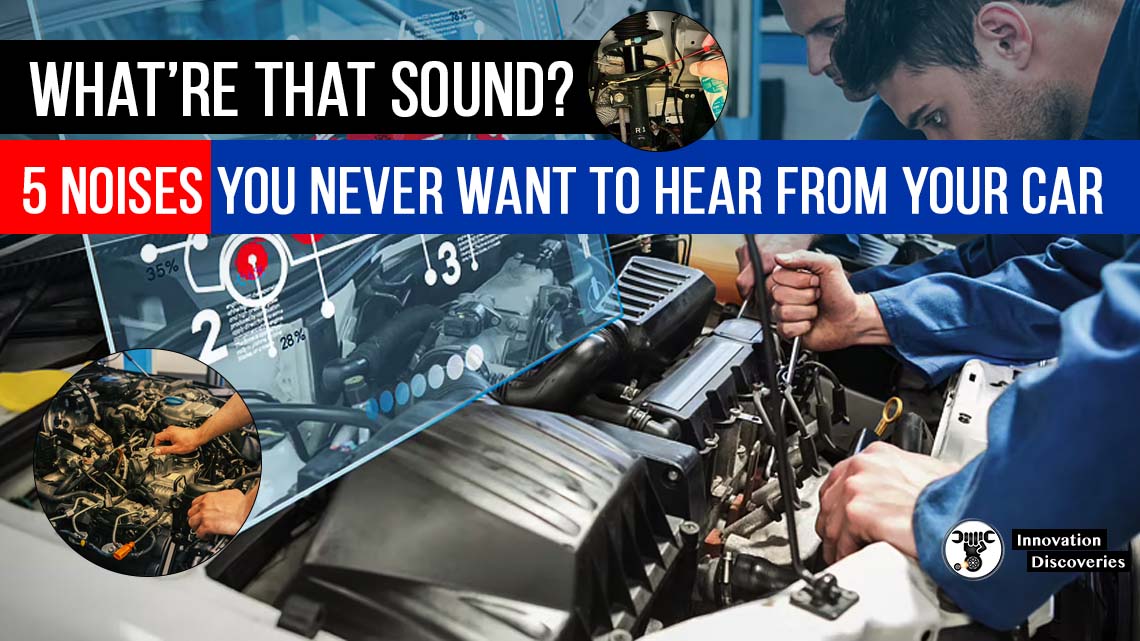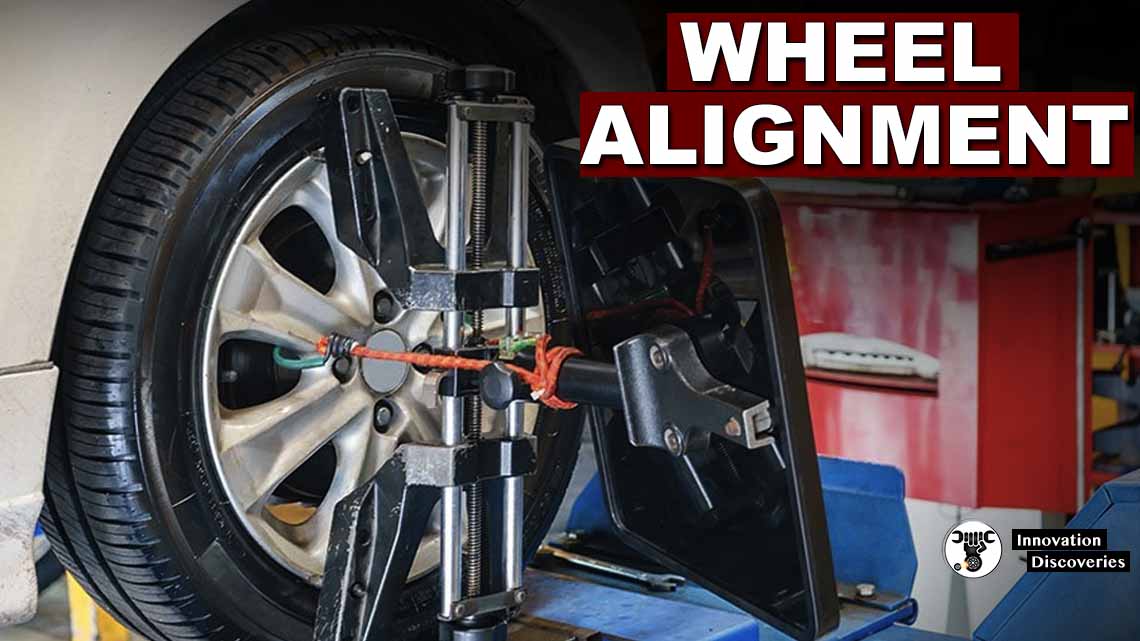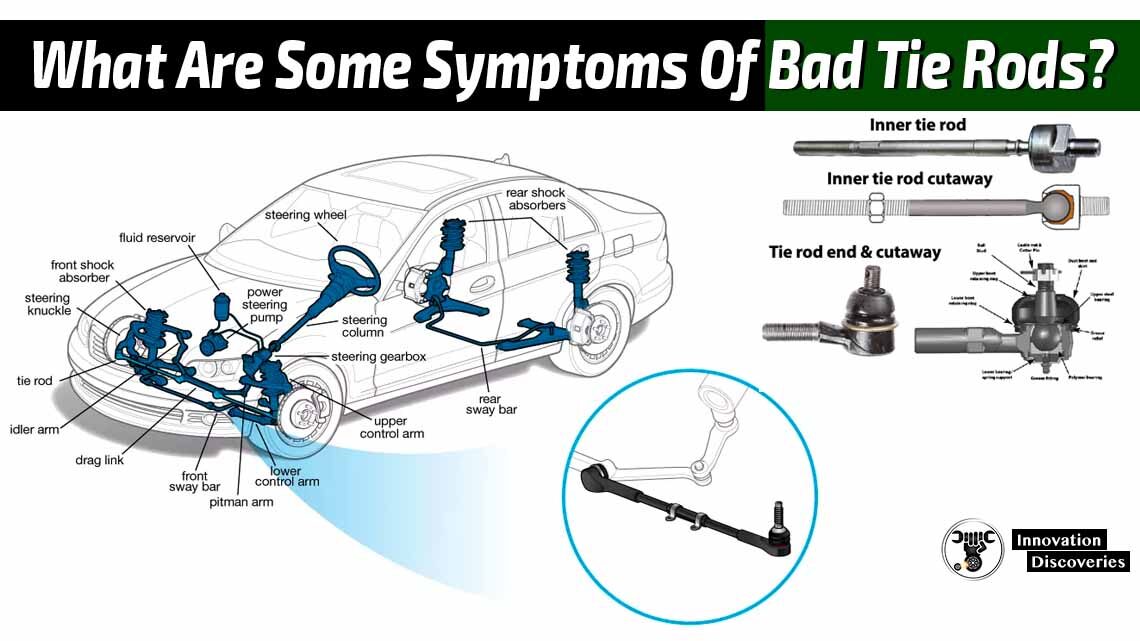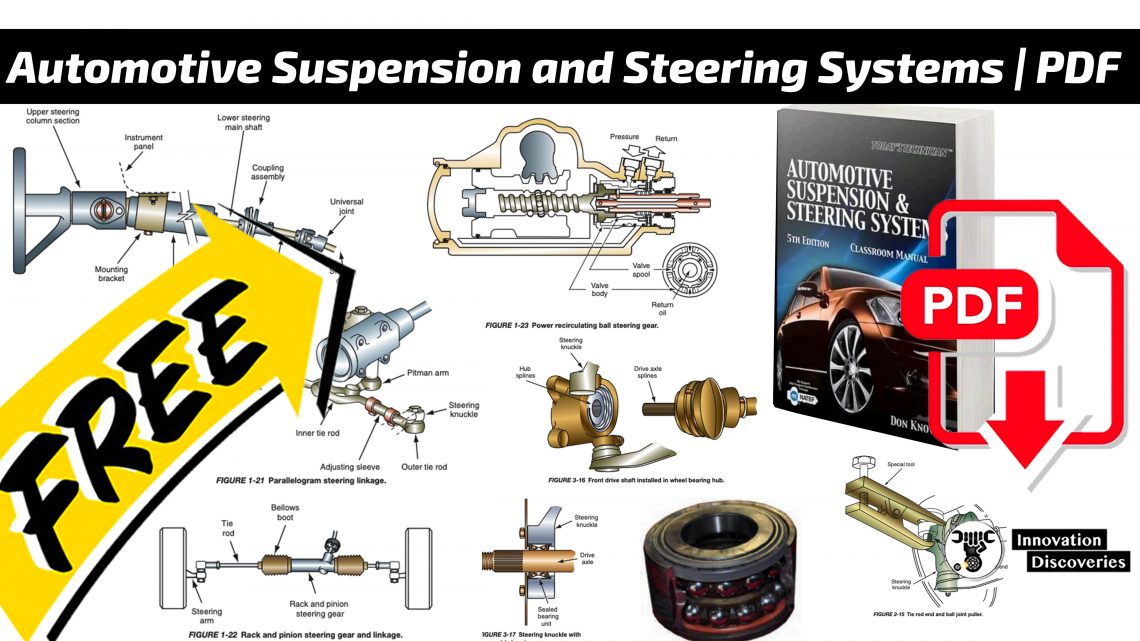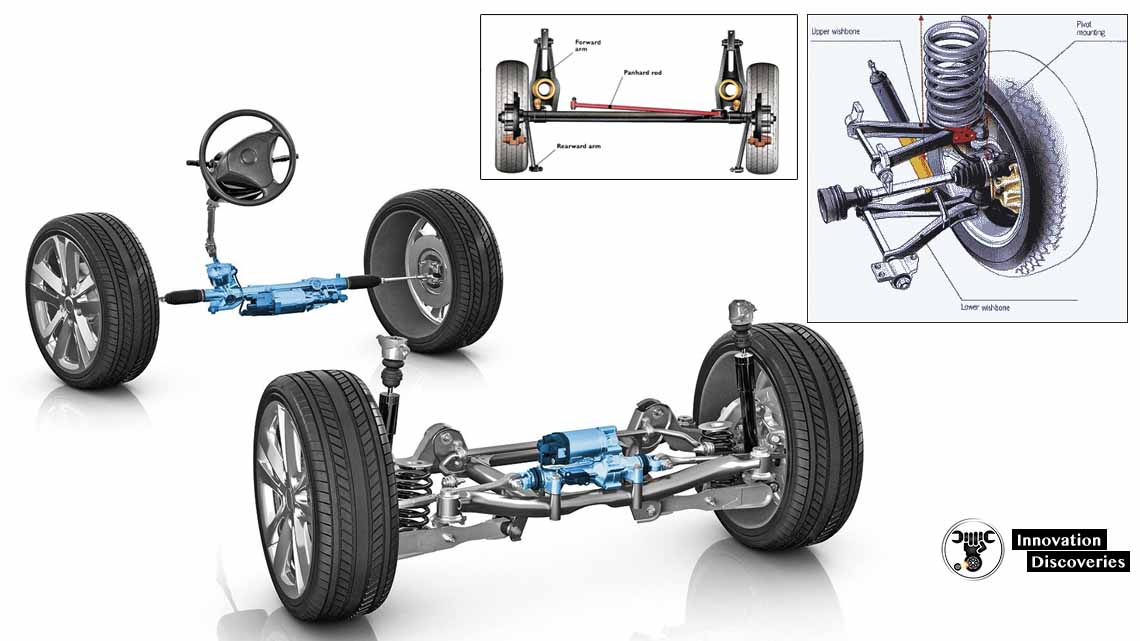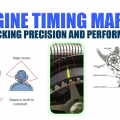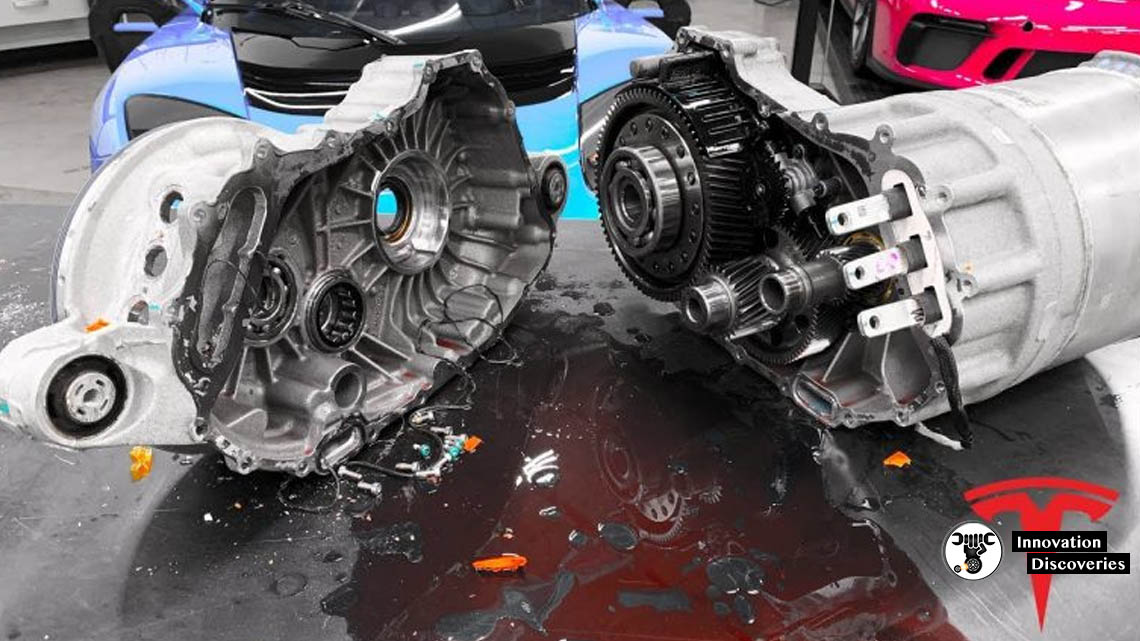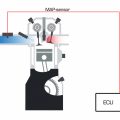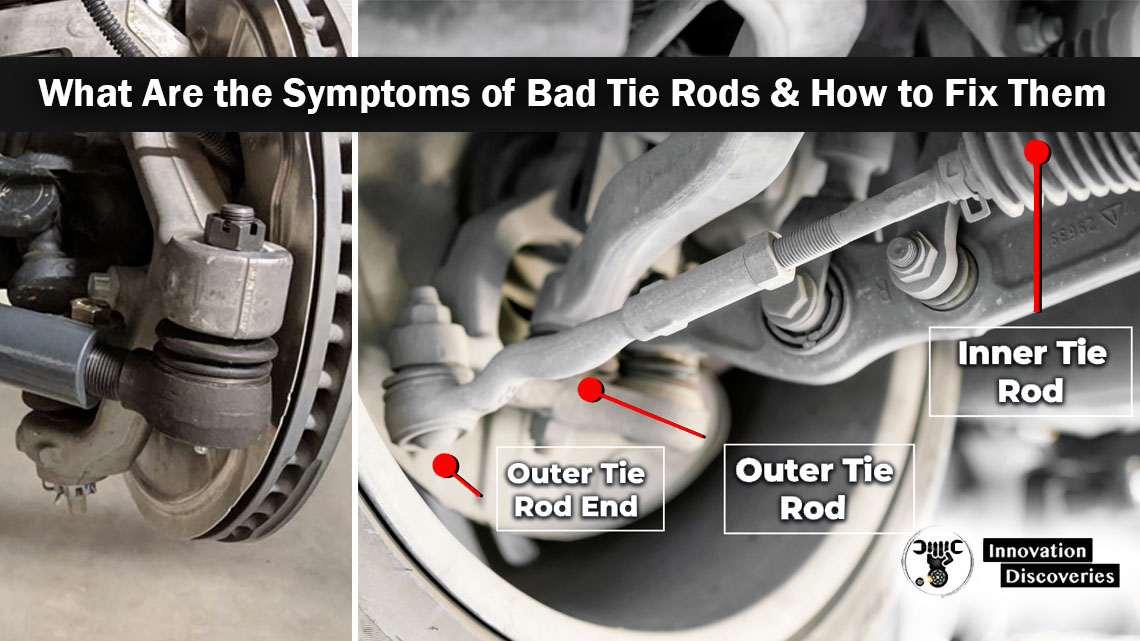
Introduction
Are you having difficulty steering your vehicle?
Bad tie rods can lead to a wide range of issues with your vehicle’s steering system. While many drivers might not be familiar with what these components do, it is important to understand the symptoms of a bad tie rod and how to fix it.
The tie rod is the link between the wheels and the steering system of your car. Without the proper functioning of the tie rods, it is almost impossible for your wheels to respond correctly when you turn the wheel. This can lead to a whole host of problems including difficulty in controlling your car, wandering from side to side, and even vibrations in the steering wheel.
In this article, we’ll discuss the symptoms of bad tie rods and how to diagnose them. We’ll also cover some tips on how to repair or replace bad tie rods so that you can get back on the road quickly and safely.
Introduction to Tie Rods
Tie rods are an important part of a car’s suspension. They attach the wheels to the steering system, helping the driver turn the vehicle by providing a connection between the car’s wheels and its steering mechanism. When a tie rod fails or becomes damaged, it can cause serious safety issues and damage to other parts of your vehicle.
Sometimes, you can tell when you’re having trouble with your tie rods because you may hear a clunking sound or feel resistance when you turn the wheel. You may also experience uneven tire wear or your car will pull in one direction or the other while driving. If these symptoms are present, it’s time to look into replacing your tie rods.
The good news is that replacing worn-out tie rods is relatively inexpensive and something most people can do themselves. It usually requires nothing more than basic tools and some elbow grease (along with a good set of instructions).
What Are the Symptoms of Bad Tie Rods?
Bad tie rods can cause a variety of issues, including worn-out steering components and issues with your vehicle’s alignment. The most common symptoms of bad tie rods are:
- Excessive or uneven tire wear: One of the first signs of bad tie rods is excessive or uneven tire wear. If you notice that the tires are wearing out faster on one side than the other, or if they are wearing out more on the inside than the outside, this could be an indication that your tie rods need to be replaced.
- Loose steering: Another sign that your tie rods may be failing is loose steering. If you turn the steering wheel and it feels like it has extra play in it, this could mean there’s an issue with your tie rods.
- Uneven steering alignment: Finally, if you notice that your vehicle pulls to one side when you’re driving straight, this could indicate a problem with your vehicle’s alignment due to faulty tie rods.
These are all signs that your tie rods may be in need of repair or replacement. If you notice any of these symptoms, it’s best to have them checked out by a qualified mechanic as soon as possible.
Diagnosing & Detecting Bad Tie Rods
Diagnosing and detecting bad tie rods is an important part of troubleshooting car problems. If left unchecked, a bad tie rod can lead to more serious issues such as steering failure or suspension damage. Here are a few signs to look out for that can indicate an impending issue with a tie rod:
Uneven Tire Wear
Inspecting your tires is one of the first steps in diagnosing a bad tie rod. Uneven tire wear, especially on the inside or outside edges, can be indicative of a failing tie rod. Additionally, if one or more tires are wearing faster than the others it is likely due to misalignment caused by a faulty tie rod.
Steering Pull
Another symptom of bad tie rods is steering pull. This happens when the vehicle pulls to one side as you drive straight ahead, despite not turning the steering wheel. The pull occurs because the wheels are not properly aligned and will continue to worsen until addressed.
Squeaking & Grinding
If you hear any squeaking or grinding noises when driving at low speeds, it could be due to worn out bushings within the tie rods causing friction and movement between components that are not meant to move independently.
If you notice any of these symptoms in your vehicle, it’s important to get them inspected right away by a professional in order to determine if they’re caused by bad tie rods or another issue altogether.
How Do You Fix a Bad Tie Rod?
There are several ways you can go about fixing a bad tie rod, depending on the severity of the problem.
Replace With New Parts
One option is to purchase and install new parts. When replacing the tie rod, it’s important that you use parts that are specifically designed for the make and model of your car. If you’re unsure which parts to use, consult a professional mechanic or the vehicle manufacturer for advice. Additionally, if you choose to replace the tie rod yourself, be sure to take all necessary safety precautions before getting started.
Adjustment
It may also be possible to fix a bad tie rod through adjustment – in some cases this can be done without having to replace any parts. Depending on how much misalignment there is, an adjustment may be sufficient to restore proper functioning of the tie rods. But before attempting an adjustment yourself, it’s highly recommended that you have a professional check out your car and adjust accordingly.
No matter what method of repair you decide on, it’s important that you take immediate action if your car is exhibiting signs of a bad tie rod. Early detection and repair can help prevent damage caused by further wear and tear in your vehicle’s suspension system.
Replacing a Bad Tie Rod
Replacing a bad tie rod is relatively easy to do and can be done with minimal tools. First, you will need to lift the vehicle up and remove the wheel, then take out the old tie rod. It is important to note that when replacing the tie rod, you should only replace it with one from the same manufacturer as the old one – different types of tie rods have different lengths and threads.
You’ll also need to buy a new inner tie rod end as well; this connects to the steering rack on one end and the outer tie rod at the other. Once all of these parts are in place, it’s time to begin installation. Here are the steps you’ll need to take:
- Bolt the inner tie rod onto its mounting point on the rack
- Slide the outer tie rod onto its mounting point
- Install a new cotter pin and tighten it with a wrench
- Reinstall your wheel and torque it down, then lower your vehicle
- Test drive your car to ensure everything is running smoothly
Following these steps will help you easily replace a bad tie rod while ensuring that your car runs safely and smoothly on the roads ahead!
FAQs About Bad Tie Rods
Having trouble diagnosing whether or not your car has bad tie rods? Here are some of the most common questions answered so you can get to fixing your car quickly and cost-effectively.
What Causes Bad Tie Rods?
The most frequent cause of bad tie rods is excessive wear and tear due to driving over potholes or other types of bumps in the road. Another potential cause is leaking power steering fluid, which should be addressed immediately.
How Do I Check for Bad Tie Rods?
You can check for bad tie rods by visually inspecting them, feeling for unusual play in the steering wheel, or doing a tug test. If you notice any of these signs, it’s a good indication that your tie rods need to be replaced.
Can I Resurface or Re-Grease My Tie Rods?
Unfortunately, it’s not possible to resurface tie rods. If they are worn down enough that they need resurfacing, it’s time for a new set. Greasing them every now and then can help keep them in good working condition and prevent premature wear, however replacing them is the only way to ensure they are working properly.
Conclusion
In summary, when it comes to bad tie rods, it’s important to be vigilant and aware of the signs. The symptoms can range from the more significant to the more subtle, making it important for drivers to be aware of the signs and to tackle any issues immediately.
If discovered early, bad tie rods can be easily fixed through the replacement of the component. Detecting the problem early could save money, time and energy, so it’s important to stay on top of your vehicle’s maintenance and to be aware of the signs and symptoms of bad tie rods.
DISCOVER MORE:
READ MORE:
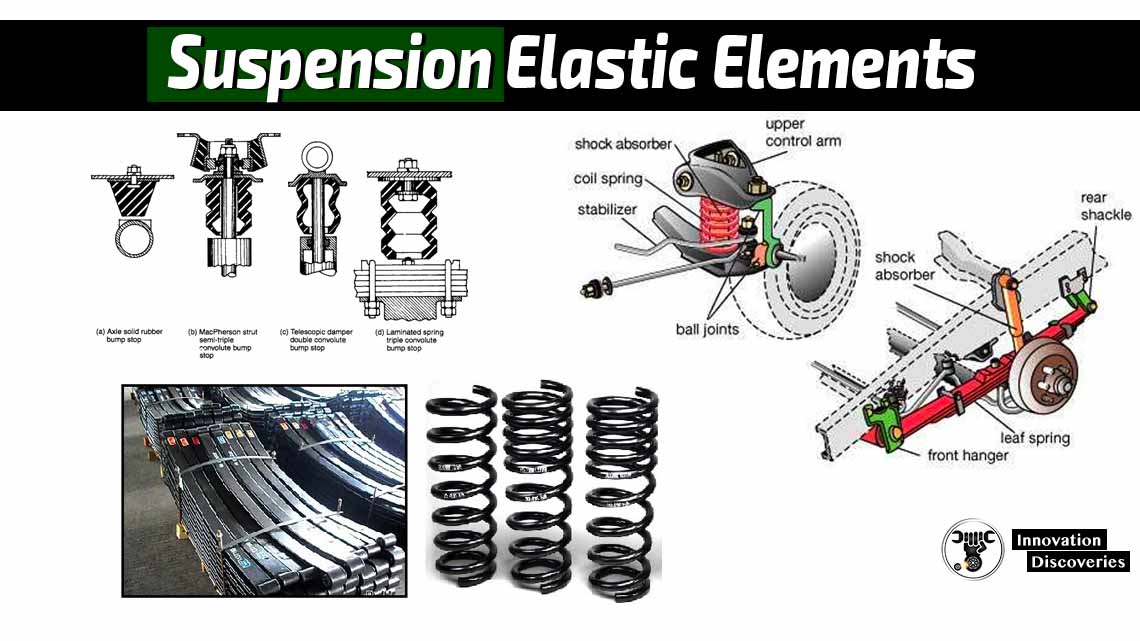
- A QUICK GUIDE TO DIAGNOSING 10 COMMON STEERING ISSUES
- 5 WARNING SIGNS OF BAD INTERMEDIATE STEERING SHAFTS
- 3 COMMON SYMPTOMS OF LOW POWER STEERING FLUID
- ELECTRIC VS HYDRAULIC POWER STEERING
- HOW POWER STEERING WORKS?
- STEERING SYSTEM: REQUIREMENTS, TYPES, POWER STEER

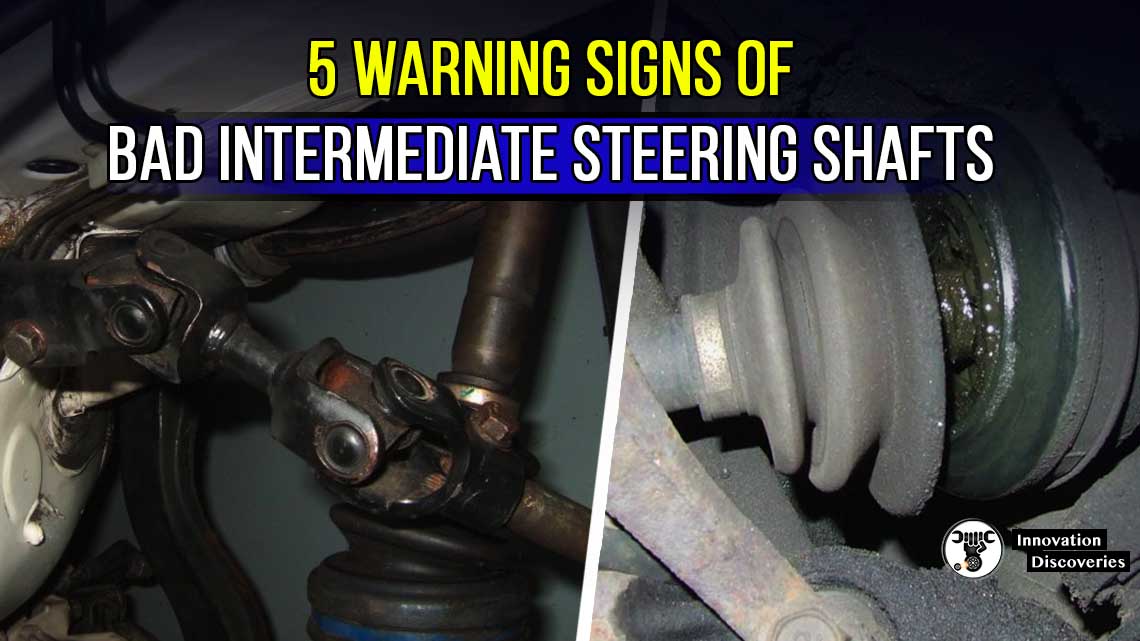
Visit Forum
Visit Our Friendly Website



